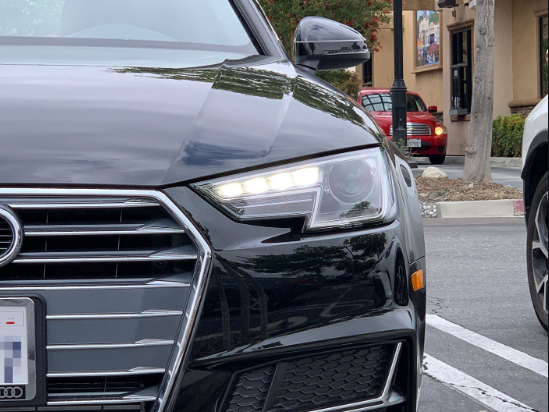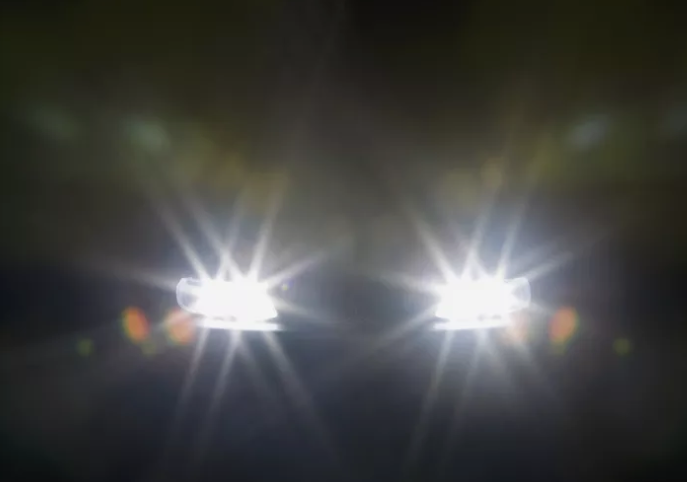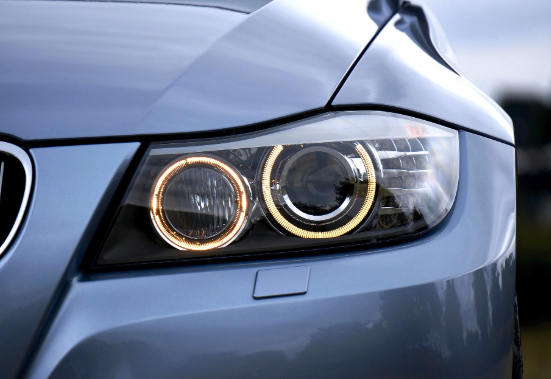Headlights are high energy consumption devices. Combined with the inherent visibility of the headlight, this attribute usually made from the formula of car lighting. It is the first component to suffer from failures in the electrical system. These faults can range from a bad terrain to an alternator failing to a simple worn cable. The problem is worth analyzing since flashing h7 led headlights can indicate a serious failure in the electrical system.

Loose connectors
If your headlights hardly seem to flash at random intervals – especially when driving on bad roads – then the problem is almost certainly a loose connector or bulb. Loose connectors could go from the harness in the switch, to the one in the fuse panel. Loose fuses and h7 led headlight bulbs are also a possibility.
Bad Wiring
The current flowing through the low beam h7 headlight cables puts a great deal of stress underneath. The constant high current flow voltages combined with heat in the engine compartment, unwanted bends, and bending and abrasion on nearby objects can easily cause a wire either to break or internally grounded out in the frame. This condition is the only other chance of causing random blinking.

Startup switching
A constant and regular flickering on and off can be the result of a headlamp or bad headlight relay switch. The relays are electromagnetic switches: When one fails, it can constantly open and close as the current consumption through its rises and falls. Internal switch failures can do the same, but they are a little less likely than a bad relay.
Power Drawing Accessories
Massive stereo systems are known to cause beacon pulse – some people even like this since the h7 headlights will dim in response to the low blow. However, serious failures in other components can also cause excess current consumption. Many of the components on the edge of failure will accumulate heat and resistance, and then turn off as internal resistance exceeds the input power. Engine cooling fans are notorious for this condition. Still, a bad fuel pump, air conditioning, compressor clutch, electric block, and cabin heaters, windshields, and even windshield wiper motors can cause intermittent current consumption.

Alternator Error
Alternators generally fail gradually, but that will not always be the case. Most alternators use an integrated voltage regulator to maintain production at a constant speed of 14.2 volts or less. A voltage regulator alternator diode can drive quickly and voltage drop, whatever a regular or random blink, depending on what broke.
